
In the world of automotive engineering, advancements in technology continually push the boundaries of performance and safety.
One such innovation that has revolutionized the driving experience is the Electronic Limited Slip Differential (eLSD).
In this article, we delve into the workings of eLSD and explore how it enhances traction, handling, and overall driving dynamics.
Evolution of Traction Control: The Rise of eLSD
Traditionally, Limited Slip Differentials (LSDs) have been employed to distribute torque between the wheels on an axle, mitigating wheel spin and improving traction.
However, the emergence of electronic systems has ushered in a new era of precision and adaptability.
eLSD utilizes a combination of electronic sensors, control units, and actuators to dynamically manage torque distribution.
By harnessing real-time data and sophisticated algorithms, eLSD optimizes traction control and enhances vehicle stability in diverse driving conditions.
How eLSD Works: A Closer Look
1. Sensors:
The vehicle’s onboard sensors continuously monitor key parameters such as wheel speed, steering angle, throttle position, and yaw rate.
2. Control Unit:
Data from the sensors are processed by a control unit, which analyzes the inputs and formulates optimal torque distribution strategies.
3. Actuators:
Actuators, controlled by the unit, selectively apply braking force to individual wheels. This action transfers torque to wheels with better traction, effectively mitigating wheel slip.
4. Traction Control:
In addition to torque distribution, eLSD systems often integrate traction control functionality. Excessive wheel slip triggers interventions such as engine power reduction or brake application, maintaining stability and control.
Benefits of eLSD: Performance Unleashed
1. Enhanced Traction:
By actively managing torque distribution, eLSD systems improve traction on various surfaces, from slick roads to challenging off-road terrain.
2. Improved Handling:
eLSD enhances cornering performance by reducing understeer and oversteer tendencies, allowing for more confident and agile maneuvering.
3. Stability:
By preventing wheel spin and maintaining control during acceleration and cornering, eLSD contributes to vehicle stability, especially in high-performance driving scenarios.
4. Customization:
Some eLSD systems offer adjustable settings, empowering drivers to tailor traction control and differential behavior to suit their preferences or driving conditions.
Conclusion: Driving Into the Future
The Electronic Limited Slip Differential (eLSD) represents a pinnacle of automotive engineering, combining advanced electronics with traditional mechanical principles to unlock unparalleled performance and safety benefits.
As automotive technology continues to evolve, we can expect further refinements and innovations in traction control systems, promising an even more exhilarating and secure driving experience on the road ahead.
In the pursuit of ultimate performance and driving pleasure, eLSD stands as a testament to the relentless pursuit of excellence in automotive engineering.
With each twist of the wheel and turn of the road, eLSD ensures that drivers are equipped with the tools they need to conquer any terrain with confidence and precision.
Discover More:
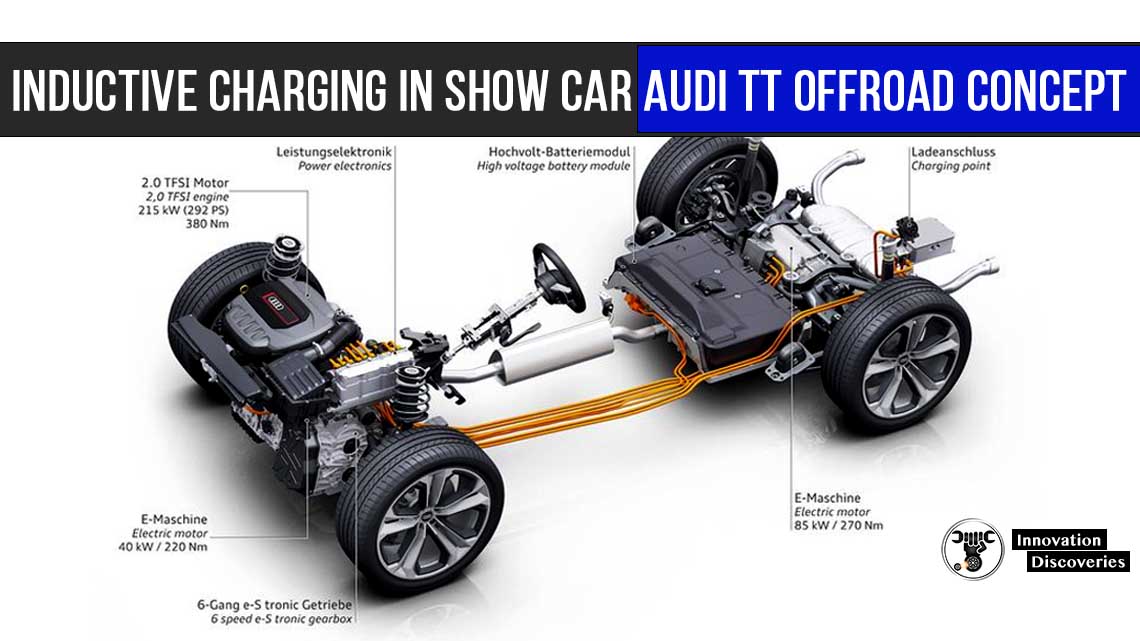
Visit Forum
Visit Our Friendly Website




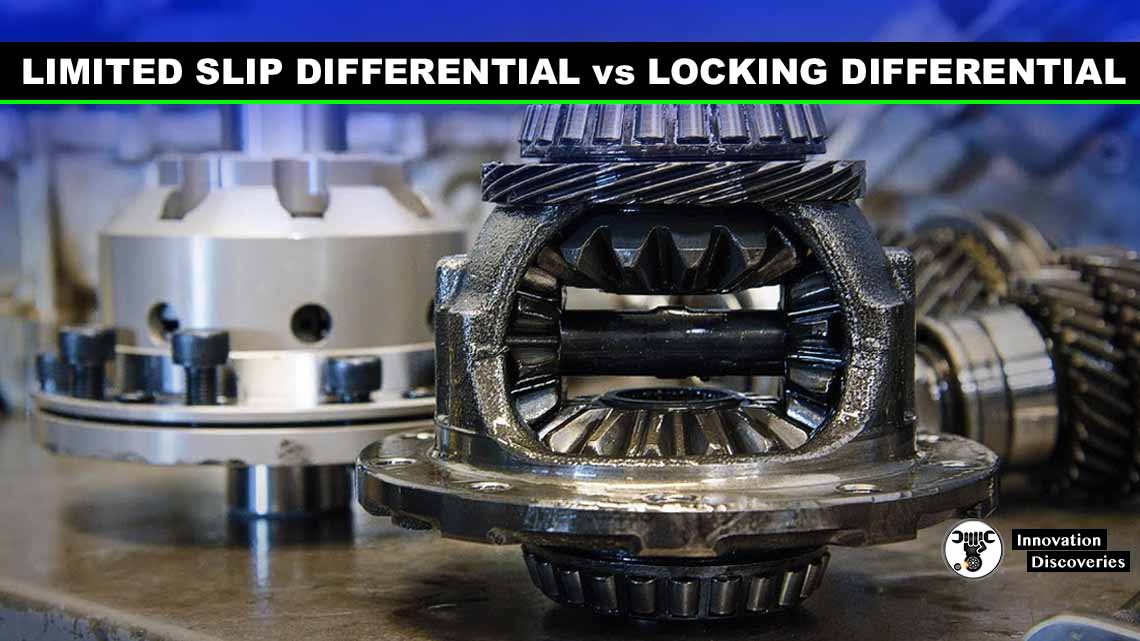

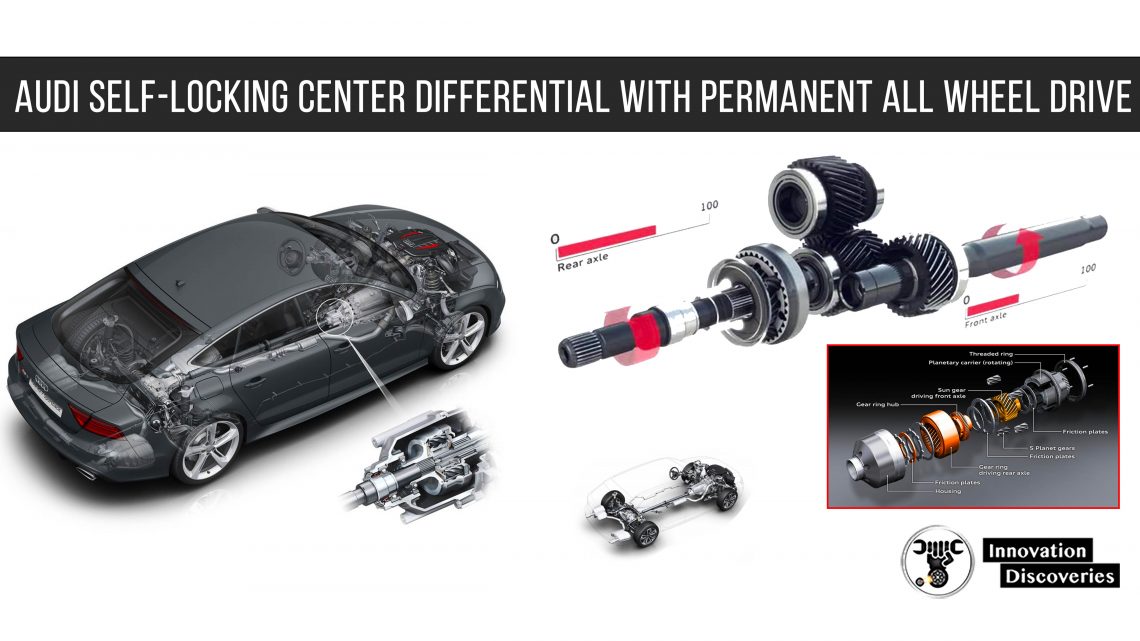
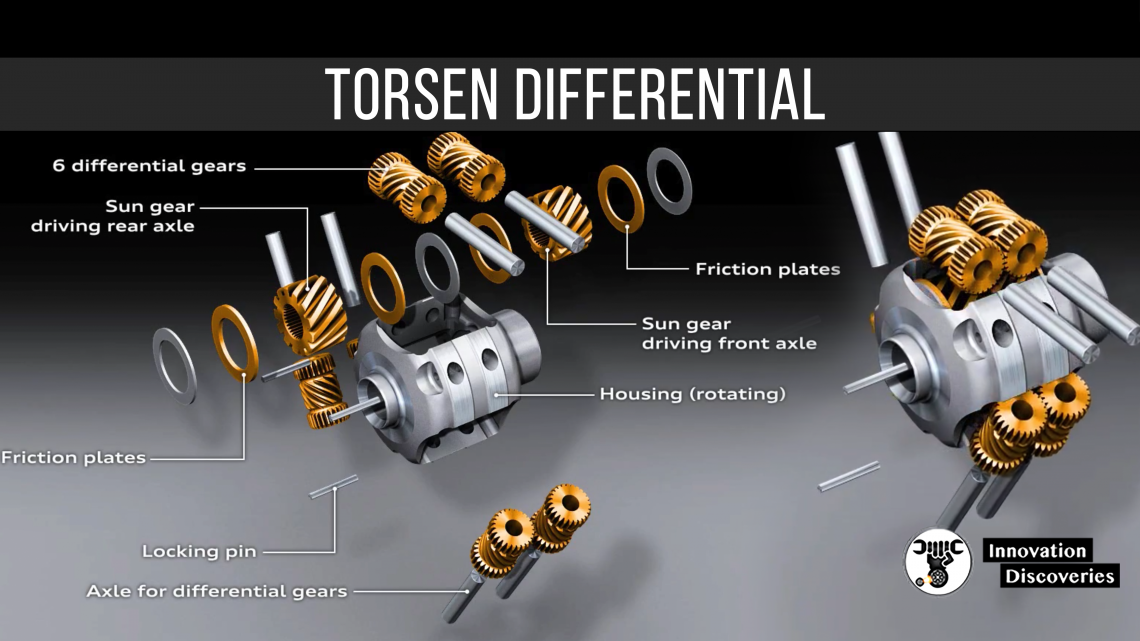
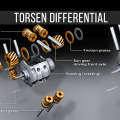

4 Comments